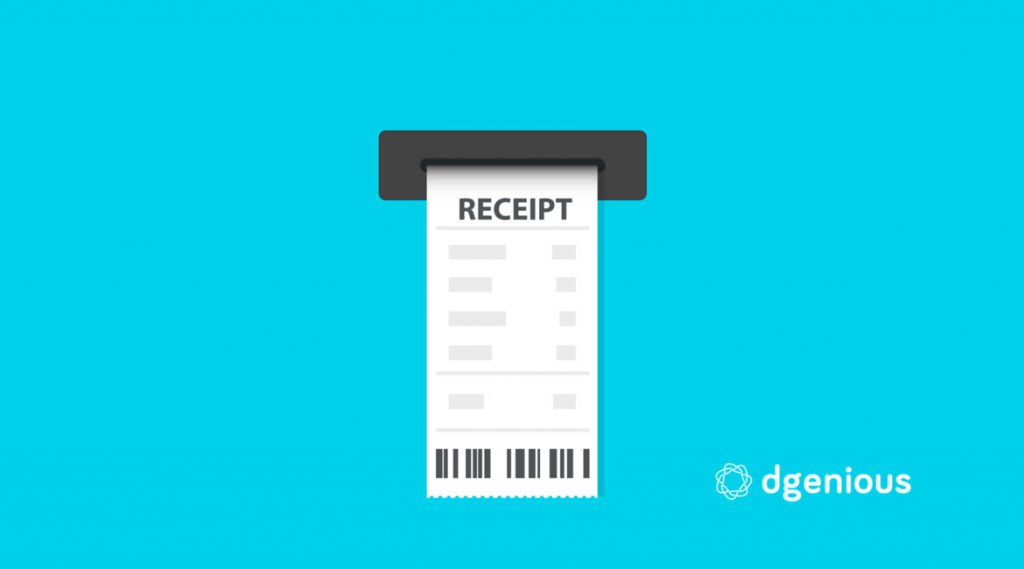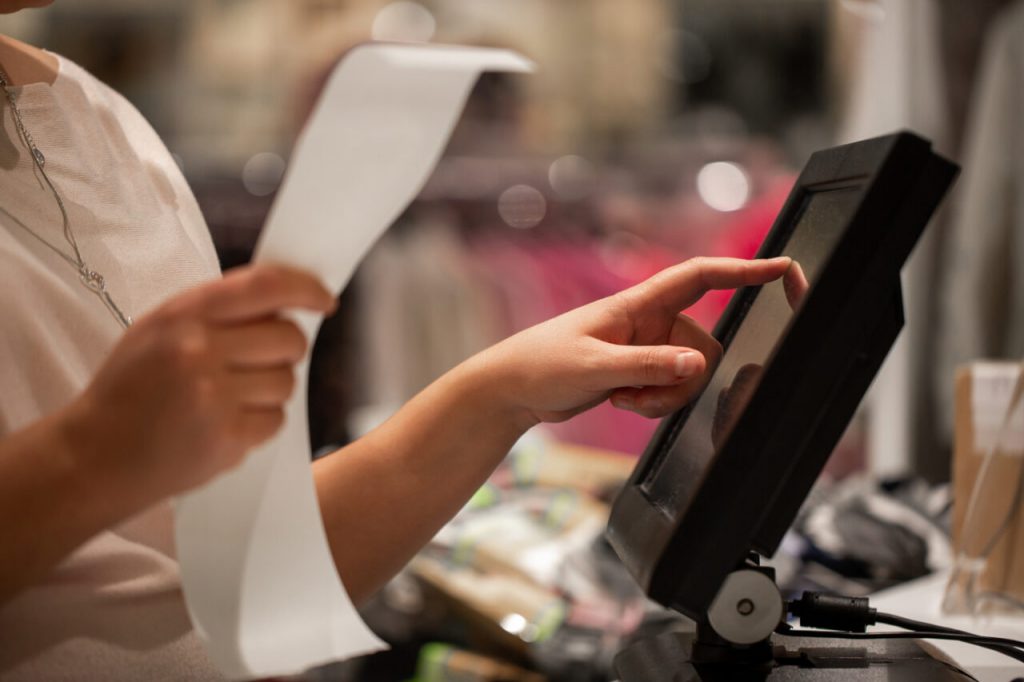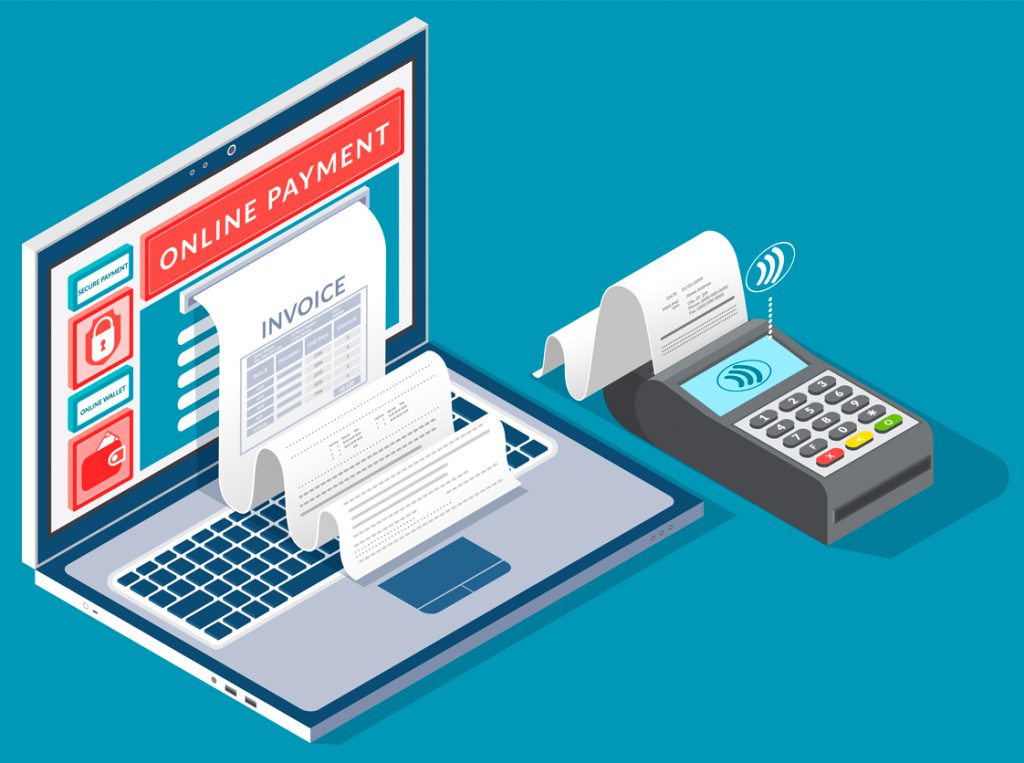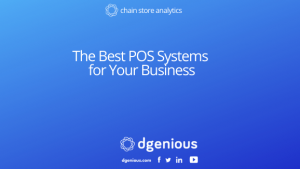
The analysis of the sales receipt is not new! Since the year 2000, the retail industry has understood that the receipt is not only a summary of the purchase, but also a powerful tool for analyzing customer behaviour. Each piece of information that appears on this piece of paper is in fact a real gold mine, a major competitive advantage for your brand or franchise network. The receipt is the first point of contact between your brand(s) and the customers. A first step, which, if mastered, will considerably facilitate your strategic thinking on sales, loyalty and customer reactivation.
You are not yet getting the best out of the analysis of your receipts?
This article explains why and how you should change that!
What data will you collect from your sales receipt?

Remember at the beginning of the year, we reminded you of the importance of setting the right KPIs (key performance indicators) to measure the evolution of your performance and reconcile this data with your entire network.
These KPIs or sales targets will be linked to the sales receipts in order to feed your data analysis in real time and monitor the development of your business.
Working and playing with the data coming directly from the sales receipts will allow you a multitude of in-depth analyses to know more about the performance of your store network by product, by price, by sales action, by season, … But not only!
The hyper detailed analysis of your receipts will allow you to build a solid relationship with each of your customers. You will learn more about their consumption habits, the frequency of their visits, the promotions that make them crave for it in order to act in a personalized way with each of them, what they bought the last time, in which point of sale, …
In concrete terms, what type of data can you monitor thanks to a sales receipt?

1)The classic but important data to collect on a receipt:
- the quantity of products sold,
- the number of different products sold,
- the number of transactions,
- the number of visitors (how many people came per hour, per day, per store),
- the detail by article of the VAT,
- the turnover per sales outlet, hour by hour compared to the same day last week.
As you can see, this is all general data related to the development of your turnover that you can then reconcile with your entire network of points of sale.
2) More specific data collected via the UID (unique identification number):
Thanks to the UID indicated on your receipt, you can go further in your analysis, thanks to data specific to each visitor, such as the average basket of each of them. You can thus take the analysis a step further, by calculating for example the average basket of identified customers compared to the average basket of unidentified customers, by promotion, by day, by store, …
Other examples of more specific data:
- The payment method used per visitor : cash, credit card, debit card?
- At what price an item is actually sold and the evolution of this price from day to day, by store.
- The discounts granted.
- The hours of frequentation.
- Monitoring of stocks according to sales in real time
These different data offer you the possibility to build a privileged relationship with your customers by responding in a personalized way to their needs and expectations. By getting to know each of your customers, you will be able to refine your offer to make it more qualitative for your customers, who will be more loyal, but also for you.
For example, it is very beneficial for a point of sale to know precisely the payment methods preferred by its customers, since the costs incurred by credit cards are not the same as those incurred by cash, Bancontact or American Express.
3) Data generated when the customer has a loyalty card:
Other data may be available via the loyalty card and will then be reconciled with the receipt data. In this way, you will further refine your customer knowledge to ensure the longevity of your store/customer relationship and optimize the customer experience.
The loyalty card allows you to analyze the purchasing habits of each customer over the long term.
What item was sold, how many times, over what period of time and with what discount? It is very important for your business to compare KPI’s between identified and unidentified customers.
Furthermore, this type of analysis will open your eyes to product associations that you may not have thought of yet. You will then be able to set up promotional offers customized to your customers’ needs in order to satisfy the most loyal customers. GET YOUR FREE DEMO
What to do with the data collected on this receipt?

One could obviously believe that a receipt is essentially used to close the cash register system via its accounting system in order to summarize the turnover, the number of sales, the number of visitors… of the day.
But after having read the beginning of this article, you have understood that we are far from it.
As we mentioned earlier, the receipts are the first link between your stores and your customers. The data collected from the moment your customers check out offers you a field of action of a formidable efficiency. Don’t underestimate the importance of your cash register receipts anymore because we are going to go through with you some advantages of analyzing in depth and in real time your receipts.
Knowing your customers truly.
Today, with the digitalization that is underway and that has accelerated since the Coronavirus crisis, it is fair to say that the competitiveness of retail networks can be measured by the size of their databases and their ability to reconcile these data. As a retail manager, you have to account for a considerable amount of data every day in order to analyze an uninterrupted flow of identified and unidentified individuals.
Through the KPI’s you have defined to measure the performance of your network, this data is collected to be analyzed and cross-referenced. An infinite range of analysis possibilities are available to you!
For example: the analysis of the frequency of a customer’s visits can be cross-referenced with his average basket. The analysis by product can also help you calculate the turnover obtained by department. Thanks to the reconciliation of this data, you can now define the departments in which the customer in question did not buy anything.
Having so much information, available in real time, is a considerable advantage for your business. The result of a promotion or a new product launch can be known the same night and adjusted quickly. Also, this information offers you the possibility to adapt and personalize your marketing campaigns by sending for example mailings promoting the customer’s product preferences. Ideal for your loyalty strategy. Based on the data from your receipts, find out which customers have not visited your store in the last 3 months? Or what did these visitors buy at that time? Which customers came last week who had not come for 3 months and what did they buy?
This information allows a detailed and precise analysis of the products to put forward to reactivate or retain customers!
Reconcile your points of sale data with your online data.
Another necessity to get through the digitalization process is to reconcile your online sales with your store sales. Since the pandemic, consumers have become accustomed to switching from one channel to another. The in-store experience still appeals, but depending on the situation, ordering online has become much more convenient. Being able to analyze online and offline receipts will allow you to adapt your sales strategies to both channels in order to offer a shopping experience adapted to the specificities and expectations of these two touchpoints. GET YOUR FREE DEMO
Optimize replenishment and reduce shrinkage
With a monitoring platform like dgenious, you can also reconcile your receipt data to optimize replenishments and optimize inventory across your stores.
The information from your checkout system will be collected and shared not only with marketing, suppliers and other parts of your retail network, but also with warehouses.
This data can be used to manage shelf traffic without interruptions, thanks to the feedback from the cash register.
Create incentive programs that generate real results!
Setting up an incentive program to stimulate your team’s performance is a great idea, but it has to be effective. To make an incentive program successful, one thing is crucial: don’t wait until the end of the program to give individual feedback to each team member. In order to go beyond their limits, each salesperson needs to know where they stand during the challenge period, what their weaknesses are and what they could do to achieve better results. In this case, the collection of data from your receipts in real time and the automated sharing of personalized reports is a real added value for your network of outlets.
Recently at dgenious, we’ve covered this topic in depth by offering a masterclass dedicated to the implementation of truly effective incentive programs.
This masterclass is explained in depth in our Ultimate Guide, which you can download for free here.
Exploiting data from your receipts is long and complicated!

If that’s what you’re thinking after reading this article, it’s because you haven’t worked with our business monitoring platform yet!
With dgenious, it’s never been easier to automatically collect, play, analyze and share data to make immediate business decisions. dgenious is there at the most crucial moment for you: the moment your customers pay, and to collect all that data directly from the receipt!
- Using dgenious, a simple connection to your cash register or payment systems is all it takes for all the information to be immediately available to you.
- You can see in real time, via your Iphone, the figures of the promotion launched this morning by point of sale. You can see whether identified customers are buying more or less than unidentified customers. Or even which promotional item is selling the most, per store and per hour.
- Missing an analysis you need? Just log in to dgenious and do the research yourself! No IT knowledge is required!



